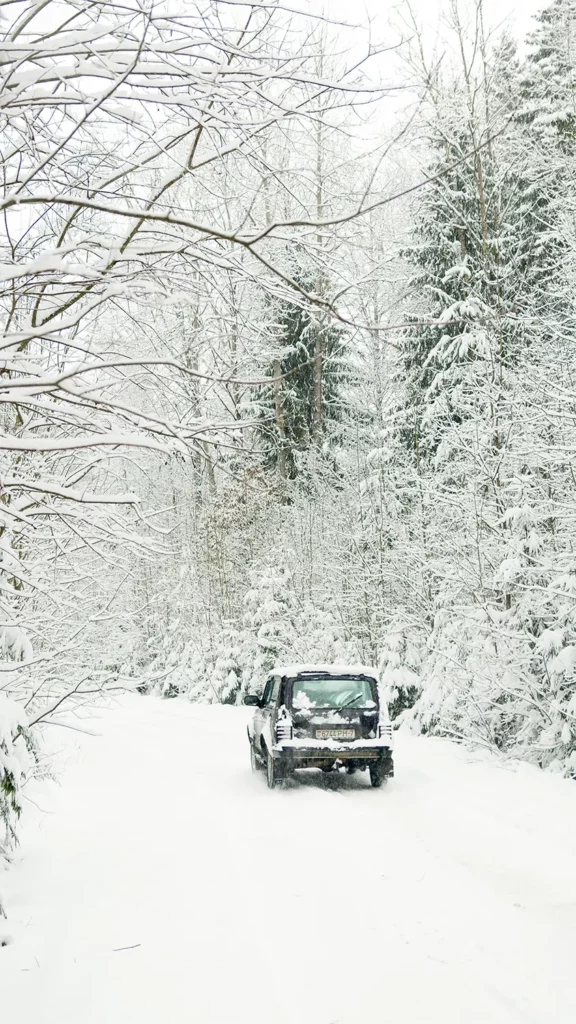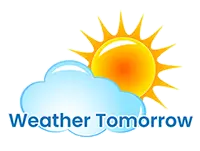Blizzards are a natural phenomenon that can have a significant impact on human activities. They are a type of severe winter storm that is characterized by strong winds, heavy snowfall, and low visibility. Understanding what a blizzard is, how it forms, and its characteristics is crucial for people living in regions prone to this type of storm.
In this comprehensive guide, we will provide you with all the information you need to know about blizzards, including their causes, characteristics, impacts on human activities, and precautions to take during a blizzard.
What is a Blizzard?
A blizzard is a type of severe winter storm that occurs in regions with cold climates. It is characterized by strong winds, heavy snowfall, and low visibility. The wind speed during a blizzard is usually above 35 miles per hour, and the visibility is often less than a quarter of a mile. Blizzards can last for several hours or even days.
Causes of a Blizzard
Several factors contribute to the formation of blizzards, including a low-pressure system, cold air, and moisture. When these elements come together, they can produce a powerful winter storm.
A low-pressure system occurs when a mass of warm air meets a mass of cold air. The warm air rises above the cold air, creating a vacuum that sucks in more warm air. As the warm air rises, it cools and condenses, forming clouds. These clouds can produce snow if the temperature is below freezing.
The cold air that is necessary for a blizzard usually comes from the Arctic or the polar regions. When this cold air meets warm, moist air, it creates the perfect conditions for a blizzard.
Characteristics of a Blizzard
Blizzards are characterized by several features that make them unique. These features include:
- Strong winds – The wind speed during a blizzard is usually above 35 miles per hour.
- Low visibility – The visibility during a blizzard is often less than a quarter of a mile.
- Heavy snowfall – Blizzards are usually accompanied by heavy snowfall, which can make travel and other outdoor activities dangerous.
- Cold temperatures – The temperature during a blizzard is often below freezing.

Blizzard Impact
Impacts of Blizzards on Human Activities
Blizzards can have a significant impact on human activities. They can disrupt transportation, cause power outages, damage buildings, and even lead to loss of life.
Transportation – Blizzards can make travel dangerous or impossible. The heavy snowfall can make roads and highways impassable, and the low visibility can make it difficult to see other vehicles.
Power outages – Blizzards can cause power outages by knocking down power lines or damaging transformers. These power outages can last for several days, leaving people without heat or electricity.
Building damage – The strong winds during a blizzard can cause damage to buildings, especially those with weak roofs or structures.
Loss of life – Blizzards can be deadly, especially for those who are unprepared or caught off guard. People can become stranded in their homes or cars, and the extreme cold can lead to hypothermia or frostbite.
Precautions to Take During a Blizzard
If you live in an area that is prone to blizzards, it is essential to take precautions to protect yourself and your family. Here are some tips to keep in mind:
- Stay indoors – Avoid going outside during a blizzard unless it is absolutely necessary.
- Stock up on supplies – Make sure you have enough food, water, and other supplies to last for several days.
- Keep warm – Dress in warm clothing, and use blankets or sleeping bags to stay warm.
- Stay informed – Stay up-to-date on weather conditions and warnings by listening to the radio or television.
- Have a backup heating source – In case of a power outage, it’s a good idea to have a backup heating source such as a generator, wood stove, or fireplace.
- Avoid overexertion – Shoveling snow or pushing a car can be dangerous during a blizzard. Overexertion can lead to a heart attack or other health problems.
- Check on neighbors – Check on your neighbors, especially the elderly or those with disabilities, to ensure they are safe and have enough supplies.
- Keep emergency supplies in your car – If you must travel during a blizzard, keep emergency supplies in your car, such as food, water, blankets, and a first aid kit.
- Have a plan – Have a plan in case you need to evacuate your home or are stranded in your car.
Conclusion
Blizzards are a natural phenomenon that can have a significant impact on human activities. Understanding what they are, how they form, and their characteristics is crucial for people living in regions prone to this type of storm. Knowing the impacts of blizzards and taking precautions can help protect you and your family during a severe winter storm.
If you live in an area that is prone to blizzards, make sure you stay informed about weather conditions and warnings. Take the necessary precautions to keep yourself and your family safe during a blizzard. Remember to stock up on supplies, keep warm, and have a plan in case of an emergency.
By following these tips, you can stay safe and avoid the negative impacts of blizzards. Stay warm, stay informed, and stay safe.
Resources
- The National Oceanic and Atmospheric Administration – https://www.noaa.gov/: This website provides detailed information on weather and climate, including how blizzards form and their impact on the environment.
- The Centers for Disease Control and Prevention – https://www.cdc.gov/: This website provides information on how to stay safe and healthy during a blizzard, including how to prevent and treat hypothermia and frostbite.
- The Federal Emergency Management Agency – https://www.fema.gov/: This website provides resources and information on how to prepare for and respond to disasters, including blizzards.









